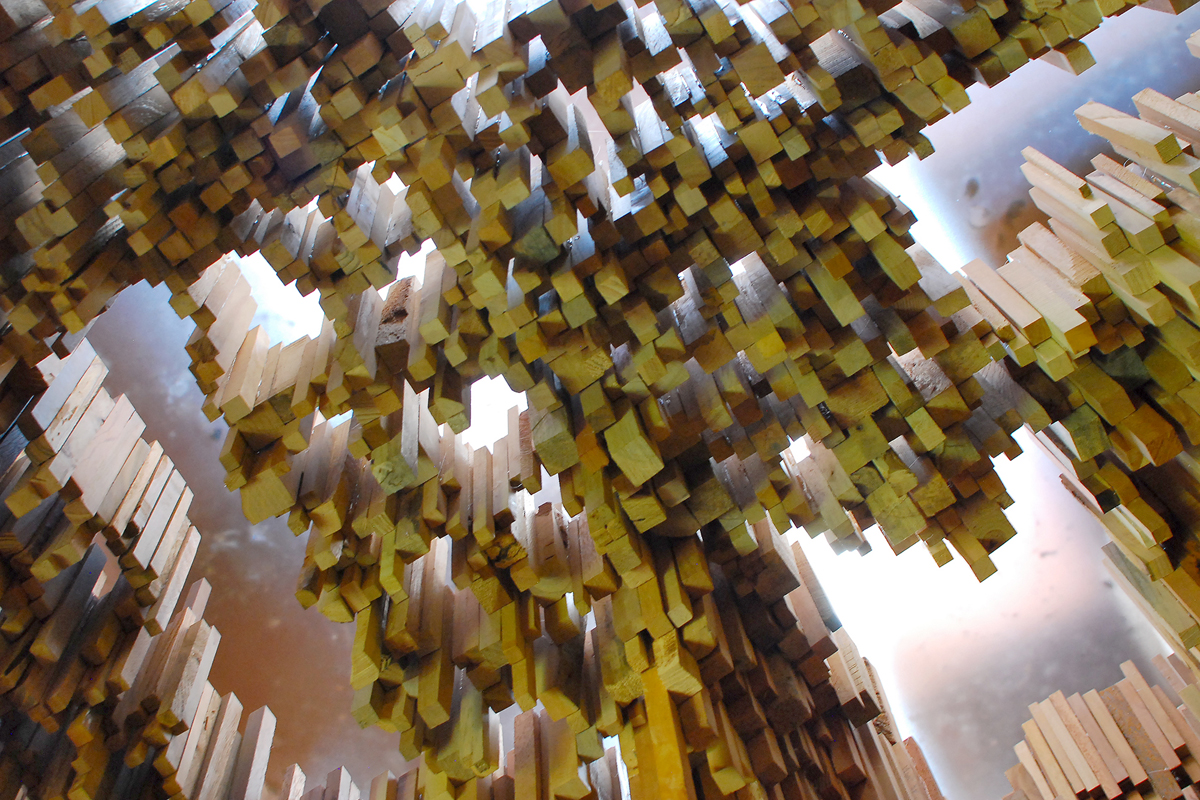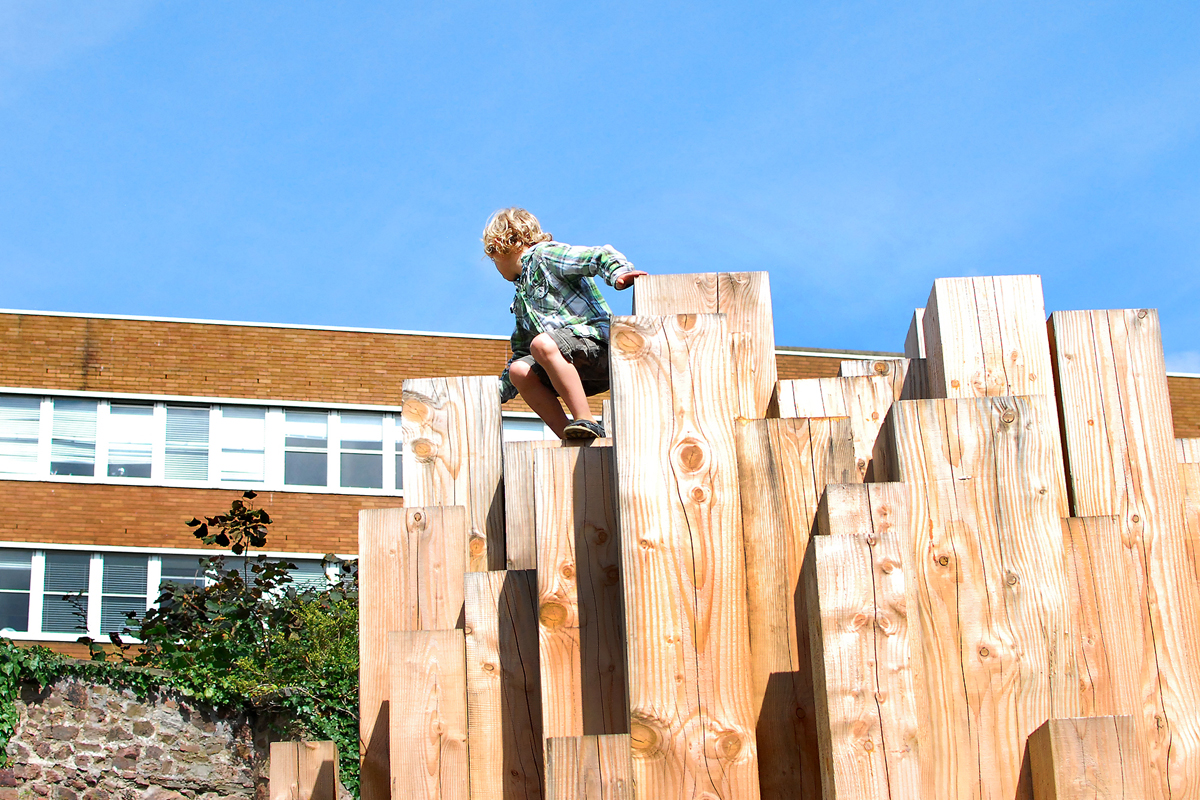CH Global Spin: Hollow, Bristol
Artist Katie Paterson’s public installation at the Royal Fort Gardens combines 10,000 unique tree species to form a microcosm of Earth’s natural history

Kids understand it as a giant climbing structure of tricky proportions. Adults recognize it as an intriguing public sculpture and when inside, an opportunity for a moment of zen. Scottish artist Katie Paterson sees it as a miniature forest comprised of all the world’s trees. Claimed as her most ambitious work to date, “Hollow” is an arboreal microcosm that combines 10,000 unique tree species to form a single snapshot of Earth’s history.

Commissioned by the University of Bristol and made in collaboration with architects Zeller + Moye, “Hollow” is an artwork of epic importance permanently installed at the Royal Fort Gardens. Over the span of several years, Paterson worked with evolutionary biologist Dr Jon Bridle to collect tree samples from every country on the planet (including some that are now extinct) and to obtain those from historically significant trees. As Paterson explains in the BBC Four documentary about the project, the idea was to create a structure that would allow visitors to stand “inside a forest of every forest and every forest that’s ever been made.”

There are pieces of petrified wood fossils from forests that emerged 390 years ago, a sample from the mysteriously ancient Methuselah tree (it’s 4,846 years old) found in California’s White Mountains, a trimming from the UNESCO-protected cedar of Lebanon once commonly used by Egyptian pharaohs, a piece from the Indian Banyan Tree under which Buddha achieved enlightenment, a wooden railroad tie taken from the Panama Canal Railway, a remnant of the Atlantic City Boardwalk destroyed by Hurricane Sandy and an offcut from a Japanese Gingko tree that survived the nuclear blast in Hiroshima.

These extremely special samples along with thousands of different species donated by xylariums such as the International Wood Collector’s Society, as well as those from arboretums and botanical gardens around the world, together form the structure designed by Zeller + Moye. The cocoon-like “Hollow” is built so that one or two people can enter at a time and immerse themselves within this physical archive of nature’s evolution and human history. The magnitude of “Hollow” is humbling, both in concept and design. “Each piece of wood once had gallons of water being pulled through it that entered the soil from ancient rivers, powered by long-disappeared parts of our sun,” notes Dr. Bridle in an interview with Bristol’s public arts initiative Situations. “Hollow” invites visitors to sit down and contemplate our relationship with trees, and how all matters of life are connected.

“Hollow” isn’t Paterson’s first time working with trees: in 2014 she launched a 100-year artwork called “Future Library” which will see a thousand trees, purposely planted in Oslo, become a special anthology of books. In fact most of Paterson’s artistic work lies within the study of how humans relate with the natural world. She currently has a solo show on at New York’s James Cohan Gallery—“From Earth into a Black Hole”—which poetically investigates the human perception of time and space. Paterson’s projects can also be seen in the forthcoming monograph from publisher Kerber Verlag which features 256 pages dedicated to her work.

Those visiting Bristol should include “Hollow” as a destination point; the structure is located to the right of the Tankard’s Close entrance to the gardens and can be found via Google Maps.
To celebrate their Round The World offering Star Alliance partnered with Marriott TRAVELER to offer Cool Hunting Editor-at-Large Karen Day her dream trip. She chose to explore locations she’d visit on a professional gap year, taking a break from the grind of NYC to explore places that inspire the creative spirit.
Images by Karen Day













